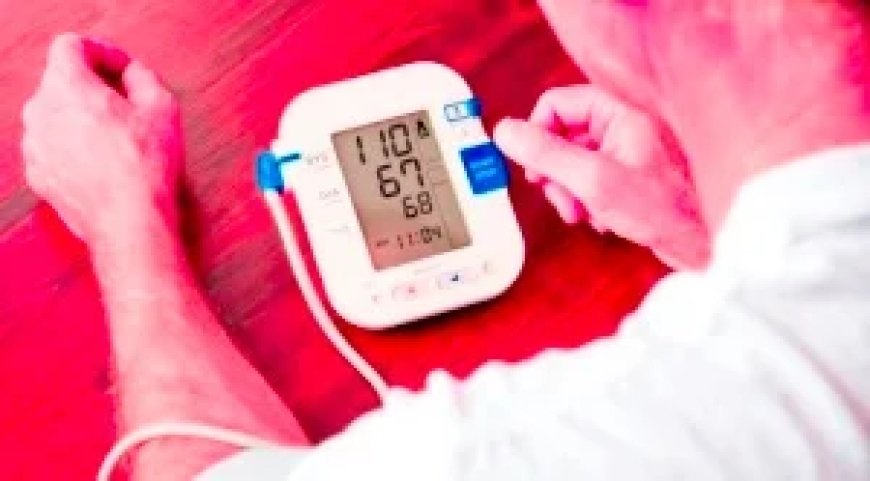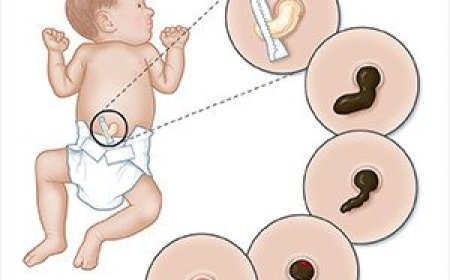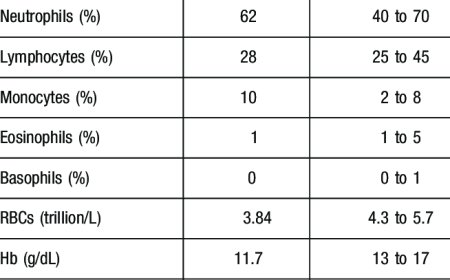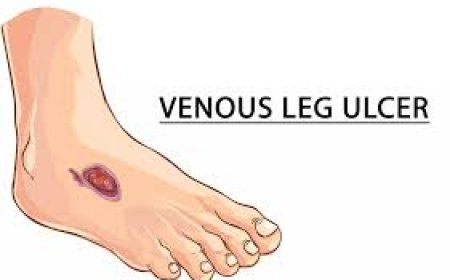Monitoring your Blood Pressure at home

Introduction:
Your heart is one of the most important organs in your body. It pumps blood to all parts of your body, ensuring that your organs receive the nutrients and oxygen they need to function properly. One crucial aspect of maintaining good heart health is monitoring your blood pressure. In India, where heart disease is becoming increasingly prevalent, it is essential for people of all ages to understand the significance of monitoring their blood pressure regularly.
Signs and Symptoms:
High blood pressure, also known as hypertension, often doesn't cause noticeable symptoms. That's why it is often called the "silent killer." Some people with high blood pressure may experience symptoms like headaches, dizziness, or nosebleeds, but these are not very common. The best way to detect high blood pressure is by regularly monitoring it at home.
What Is "Monitoring Your Blood Pressure at Home"?
Monitoring your blood pressure at home involves using a blood pressure monitor to keep track of your blood pressure readings outside of a clinical setting. This allows you to get a better understanding of your blood pressure levels over time and spot any potential issues early on.
How Is "Monitoring Your Blood Pressure at Home" Classified?
Home blood pressure monitoring can be classified into two main types:
-
Manual Blood Pressure Monitors: These require using a stethoscope and an inflatable arm cuff. The cuff is inflated by hand using a bulb, and the person listening with the stethoscope will hear the blood flow sounds. The pressure is then slowly released, and the first and last sounds heard indicate the blood pressure readings.
-
Digital Blood Pressure Monitors: These are automated devices that display the blood pressure readings digitally on a screen. They are easier to use than manual monitors and are more commonly used by people at home.
Causes and Triggers:
Several factors can contribute to high blood pressure. Unhealthy lifestyle choices, such as a diet high in salt and unhealthy fats, lack of physical activity, and smoking, can increase the risk of developing hypertension. In India, where stress and sedentary lifestyles are prevalent, many people are at risk of developing high blood pressure.
Risk Factors with Examples:
Several risk factors can increase the chances of developing high blood pressure. These include:
- Family History: If someone in your family has high blood pressure, you may be at a higher risk as well.
- Age: As people get older, the risk of high blood pressure increases.
- Obesity: Being overweight or obese can put extra strain on your heart and lead to high blood pressure.
- Sedentary Lifestyle: Not getting enough physical activity can contribute to hypertension.
- Unhealthy Diet: Consuming too much salt and not enough fruits and vegetables can raise blood pressure.
Types of "Monitoring Your Blood Pressure at Home":
-
Wrist Blood Pressure Monitors: These are worn on the wrist and are compact and portable. They are easy to use, but their accuracy can be affected by the position of the wrist.
-
Arm Blood Pressure Monitors: These are the most common type and are worn on the upper arm. They provide accurate readings and are recommended for home monitoring.
Diagnostic Tests and Treatments:
The main diagnostic test for monitoring blood pressure is, of course, using a blood pressure monitor. The readings are displayed in two numbers: systolic pressure (the higher number) and diastolic pressure (the lower number). For children, a normal blood pressure reading is around 90/60 mmHg to 120/80 mmHg.
Treatment:
Treatment for high blood pressure may include lifestyle changes, such as a healthier diet and regular exercise. In some cases, medication may also be prescribed to lower blood pressure.
Complications and Prevention Techniques:
High blood pressure, if left untreated, can lead to severe health complications, such as heart disease, stroke, and kidney damage. Prevention techniques include adopting a healthy lifestyle, managing stress, and attending regular check-ups with a doctor.
Monitoring your blood pressure at home is a crucial step in taking charge of your health, especially in a country like India, where heart disease is a growing concern. By understanding the importance of regular monitoring, making positive lifestyle changes, and seeking medical advice when necessary, you can protect your heart and live a healthier life. Remember, taking care of your heart is taking care of yourself!
What's Your Reaction?
 Like
0
Like
0
 Dislike
0
Dislike
0
 Love
0
Love
0
 Funny
0
Funny
0
 Angry
0
Angry
0
 Sad
0
Sad
0
 Wow
0
Wow
0








































































